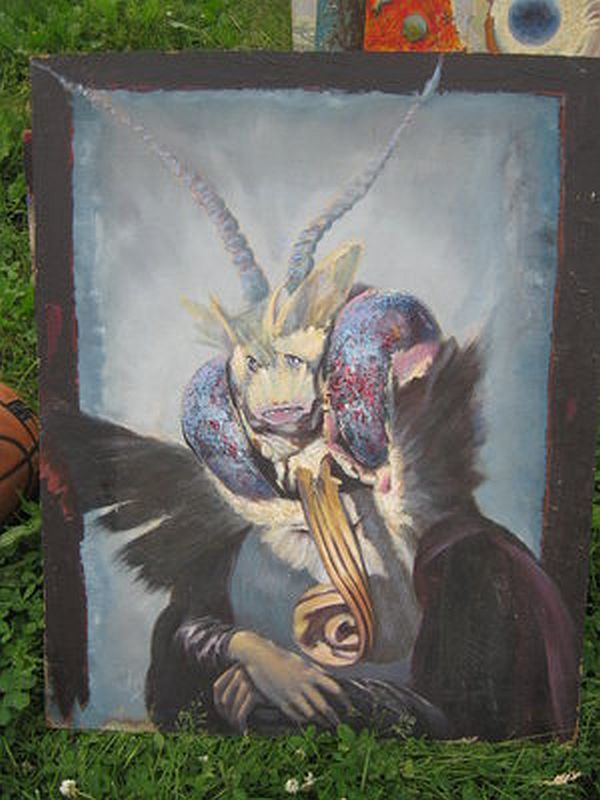Note that your final mark will not be saved in the system.
Form and Structure Typeit
Type the correct answers into the spaces. Fill all the spaces before clicking ‘Check Answers!’

This quiz assesses AO2, the author's use of language.
Golding's novel is rich in animal imagery conveying the boys' degeneration from a civilised human state to one of inhuman savagery. Examples from this semantic field are as follows:
Ralph is described as eating like a .
In Chapter 3 ('Huts on the Beach') Jack is described as 'down like a sprinter, his nose only a few inches from the humid earth', the comparison being drawn with a .
Ralph describes himself, Piggy and Simon as .
The naval officer sees the boys as 'a pack of British boys' (Chapter 12: 'Cry of the Hunters'), drawing an implicit comparison with .
The boys are compared to with the use of the word for the sound they make collectively.
Ralph calls Jack a .
Fill in the missing comparison: 'Jack himself shrank at this cry with a hiss of indrawn breath, and for a minute became less a hunter than a furtive thing, -like among the tangle of trees' (Chapter 3 : 'Huts on the Beach').
The boys cast shadows like .
Fill in the missing comparison: 'Piggy's arms and legs twitched a bit, like a 's after it has been killed' (Chapter 11: 'Castle Rock').
The choirboys sit like on the tree trunks.
Fill in the missing comparison: Ralph: 'If I blow the conch and they don't come back; then we've had it. We shan't keep the fire going. We'll be like . We'll never be rescued' (Chapter 5: 'Beast from Water').
Henry is compared to a when he points to the water.
Fill in the missing comparison for Ralph's flight from his pursuers in Chapter 12: 'And there again, shrill and inevitable, was the ululation sweeping across the island. At that sound he shied like a among the creepers and ran once more till he was panting' (Chapter 12: 'Cry of the Hunters).